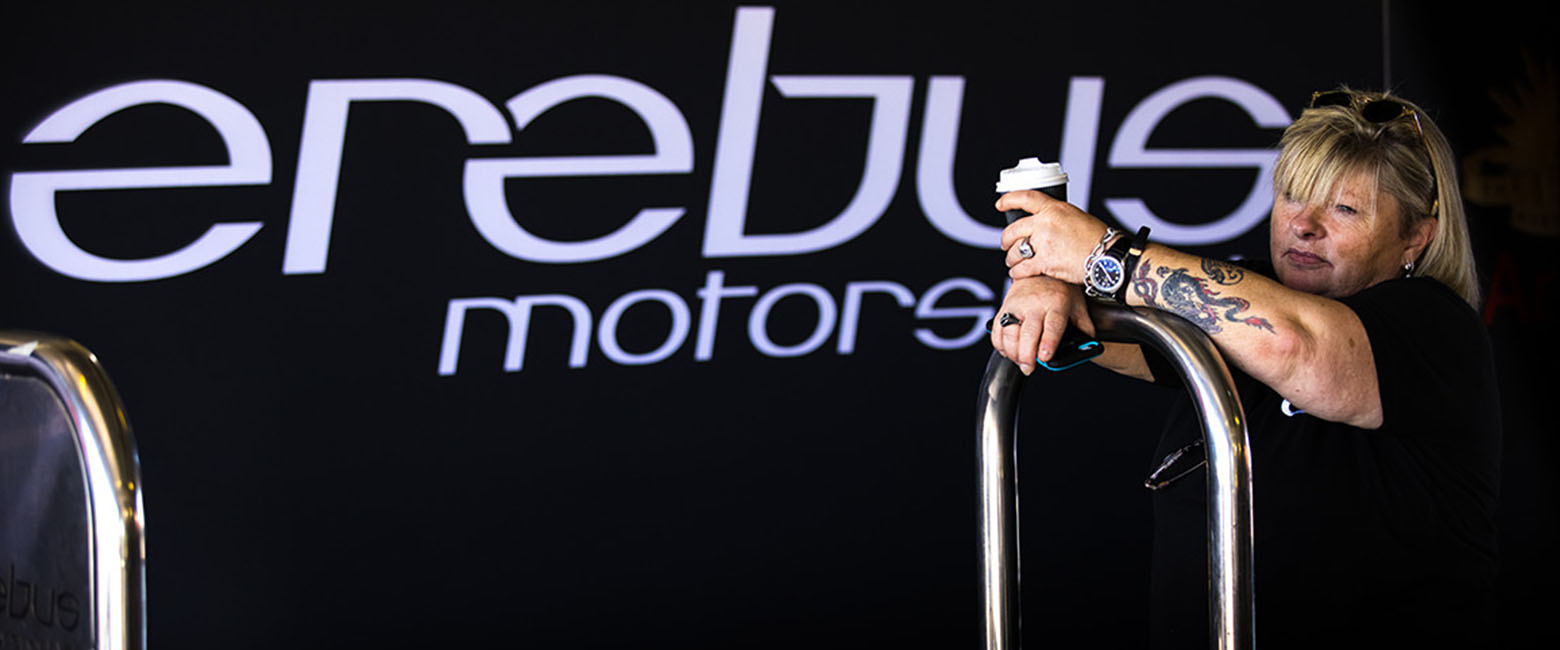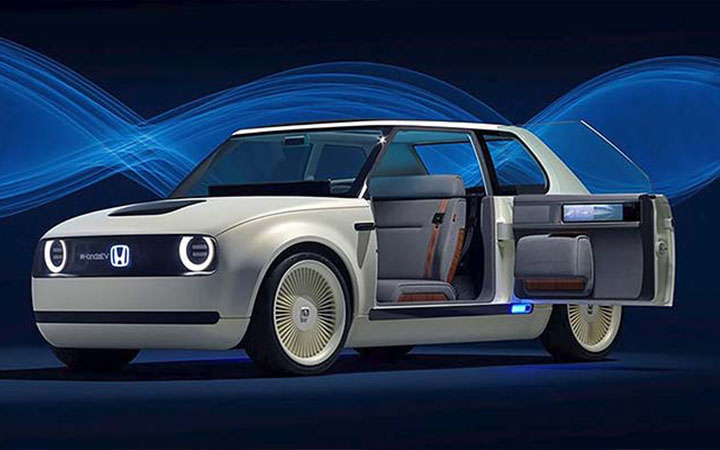From the earliest days of motorised transport, we have heard about the men who have grown and shaped the automotive industry. But right alongside them, from the very beginning, have been pioneering women driving the industry forward. From leading global automotive manufacturers, to inventing important technology still used today, and driving cars far and fast, women have been part of the automotive industry since day one.
Here are 10 women you need to know if you work in the automotive industry today.

Bertha Benz
Known for: First person to drive an automobile over a long distance.
We’ll spare you the cliché ‘behind every man,’ but without Bertha Benz, we may not even have the motor vehicles we know and love today. Bertha Benz was the business partner and wife of automobile inventor Carl Benz. After investing in Carl Benz’s iron construction company before their marriage in 1872, Bertha also helped to finance the development of the Motorwagen. After contributing to the design of the original machine, she was also the first person in history to drive an automobile over a long distance, covering 106 km in one day in 1888.
Margaret Wilcox
Known for: Inventing climate control
It’s the first thing you turn on in the frosty cold of a winter morning, but did you know today’s climate control was invented by Margaret A. Wilcox in 1893? As a qualified mechanical engineer, Margaret worked throughout her twenties to heat railway cars utilising the heat generated by the engines to heat the cabins. In 1929, Henry Ford began using her system in his Model A cars, and the rest they say, is history.
Mary Anderson
Known for: Invented the windshield wiper
Sometimes the smallest things can make a huge difference, the windshield wiper being a great example of this effect. During a visit to New York in 1902, Mary Anderson sat in a trolley car (known here as a tram) and observed as the driver struggled to see past the sleet on the windows. When Mary returned home, she worked with a designer to produce a hand-operated device to keep a windshield clear. Building on Mary’s invention, Charlotte Bridgewood created the first automatic wiper system in 1917, using rollers instead of blades.

Aloha Wanderwell
Known for: First woman to drive an automobile around the world
When googling Aloha Wanderwell, you come across ads touting her as the ‘world’s most widely travelled girl.’ This claim may not be inaccurate, as at age 16 she began a drive around the world, starting in Nice, France, in 1922 and finishing her expedition in 1927. She is the first woman to circumnavigate the world by driving herself. Aloha spoke 11 languages and acted as translator and filmmaker for numerous expeditions she and her husband embarked upon.
Katharine Burr Blodgett
Known for: Invented nonreflective glass
Katharine Burr Blodgett was the first woman to work as a scientist for General Electric Laboratory in Schenectady, NY. Whilst working with colleague Irving Langmuir, she developed the film used to create ‘invisible glass,’ making glass nonreflective. This film is now widely used on windscreens to reduce glare in motor vehicles. In 1943, she received a star in the seventh edition of American Men of Science, recognising her as one of the 1,000 most distinguished scientists in the United States.

Jutta Kleinschmidt
Known for: First woman to win the Paris-Dakar Rally
The Dakar Rally is renowned for its difficulty and ability to push drivers and their cars to the limit. Jutta Kleinschmidt is the first, and currently only, woman to win the Paris-Dakar rally, in 2001. Originally starting out on a motorcycle in 1988, she switched to a car in 1994 and in 1997 became the first woman to win a stage of the Rally. In 1999 she placed on the podium before winning in 2001.
Mary Barra
Known for: The first woman to lead a global automobile manufacturer
Mary Barra is the Chair and Chief Executive Officer of General Motors, becoming the first woman to lead a ‘Big Three’ automaker or global automobile manufacturer, in 2014. Barra has been working for General Motors since 1980, when she was 18 years old, working her way up through engineering positions and administrative positions to be named successor to the previous CEO in 2013. Under Mary’s leadership, General Motors has made the move into driverless and electric-powered vehicles.
Simona de Silvestro
Known for: First full-time female driver in the Supercars era
Simona de Silvestro is a Swiss-Italian racing driver who has raced in Formula E and IndyCar; however, you may know her better as the ‘Iron Maiden’ or ‘Swiss Miss.’ Simona has made our list of women you need to know as she is one of only 31 women to compete at Bathurst and is the first full-time female driver in the Supercars era, joining in 2017.

Elena Ford
Known for: First female Ford family member to hold an executive position at Ford Motor Company
It wouldn’t be a list of famous automotive names without a ‘Ford’ included. However, we aren’t talking about the first Ford. We are talking about his granddaughter, Elena Ford. Elena is the first female Ford family member to hold an executive position at the company as their Chief Customer Experience Officer. She is spearheading their customer experience movement, including the Ford Signature program.
Betty Klimenko
Known for: First woman to own a Supercars racing team and win the Bathurst 1000
A fan favourite rev-head, Betty Klimenko is the first woman to own a Supercars racing team, Erebus Motorsport. Betty is the daughter of Westfield Group founder John Saunders and bought the Stone Brothers Racing team (renamed Erebus Motorsport) in 2012 after being introduced to motorsport by her husband. Overcoming numerous challenges, including a manufacturer change, in 2017 she became the first female team owner to win the Bathurst 1000.


